Teens constantly consume themselves with media. Whether it’s with books, movies, or social media, American teenagers spend, on average, 9 hours per day absorbed in the different forms of media around us. Media mimics, displays, and influences so many elements of our lives, including teens’ expectations on relationships.
Young people are easily influenced, — especially when it’s about an unfamiliar/new topic, like romantic relationships. So watching a romcom or following a ‘picture-perfect’ influencer couple might lead to unrealistic and harmful expectations.
“Older viewers can better discern reality from fiction, but younger viewers, who don’t have other experiences to inform their beliefs, may more easily incorporate these idealizations into their idea of what a relationship is supposed to be like,” said Tchiki Davis, a writer for the Greater Good Magazine.
Some sources of media can set these expectations too high, like a classic romance novel or a winsome celebrity couple. This can cause a teen with no past or current love life to set a list of standards, to expect the most and be unprepared for the worst. To only approve of the “perfect person for them,” or expect a rose-led trail to a candle-lit dinner for two. To expect their partner to be hyper responsible, doing all the tasks and chores they are supposed to do. Or constantly to give them that “wow” factor.
The most fictitious conception of love often seen in the media is the “right person, right time” trope, where miracles happen and destiny ultimately sets up the perfect timeline. It’s great for a movie plot-line, but in reality, they likely won’t be chasing after you in the airport as you’re about to board your plane to confess their love for you. And even in more realistic scenarios, timing isn’t always so perfect (and neither are the people).
Naiveté when absorbing this media can result in one’s standards being far too high, making them incompatible for a real, imperfect human-being.
Another downfall of media when portraying relationships and romance is showing or describing those of the highest beauty (according to general standards and perceptions, of course). This can cause a teenager, who’s still growing into their looks and dealing with insecurities, to believe that they are more difficult to love — or even entirely unworthy of it — based on how well they feel they meet these beauty standards. And while there’s nothing wrong with casting attractive actors to play a couple in a movie or giving flowery descriptions of the love interest in a novel, it’s important to be aware of the mindset it may cause us to have.
On the contrary, the media can be positive when it comes to teens and their relationship expectations. It can display a variety of relationships, including ones we may not see in our day-to-day lives. It can also show the troubles and complications experienced in relationships. Some examples being long-distance relationships, being in-love with a good friend, people of different backgrounds, ethnicities, and/or cultures being together, a partner dealing with past traumas and/or substance abuse, queer relationships, arranged marriages, etc.
The viewer/reader of these media sources is more likely to feel included and better accept these relationships/situations.
Hopefully teens will further understand the blurry line between reality and fiction and understand that not everything represented in media is true or just, especially when it comes to relationships.



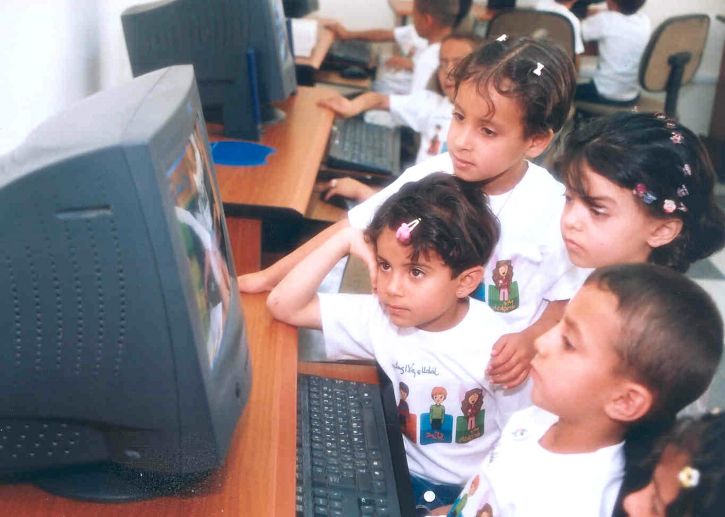
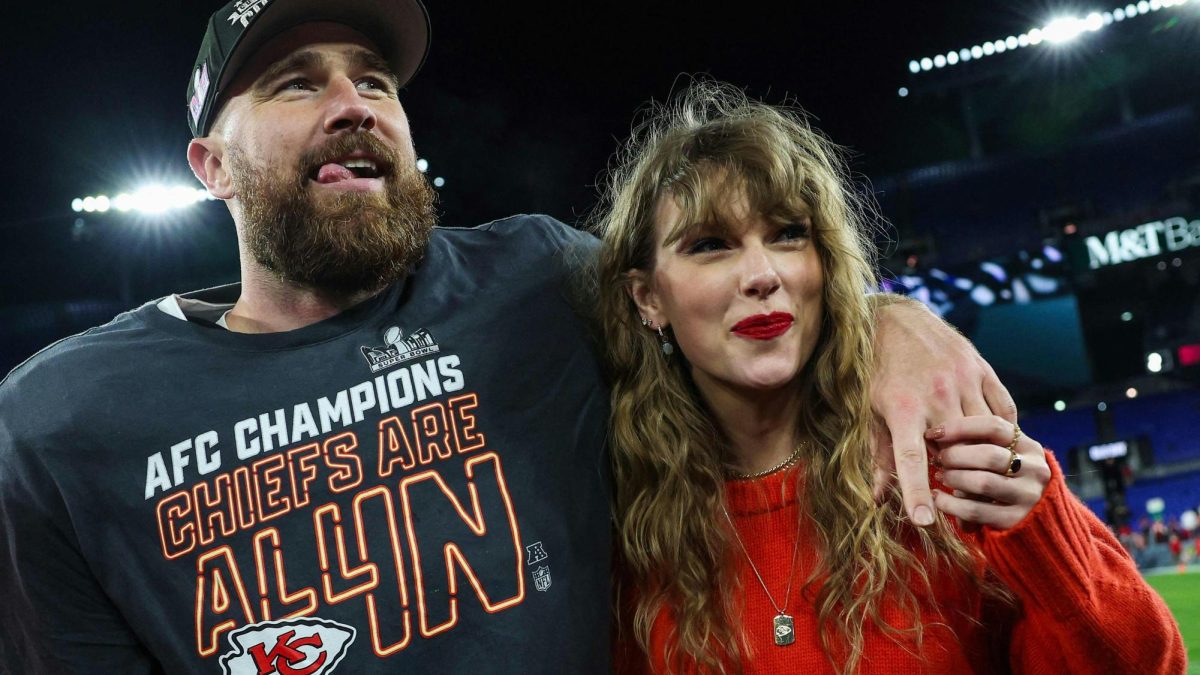
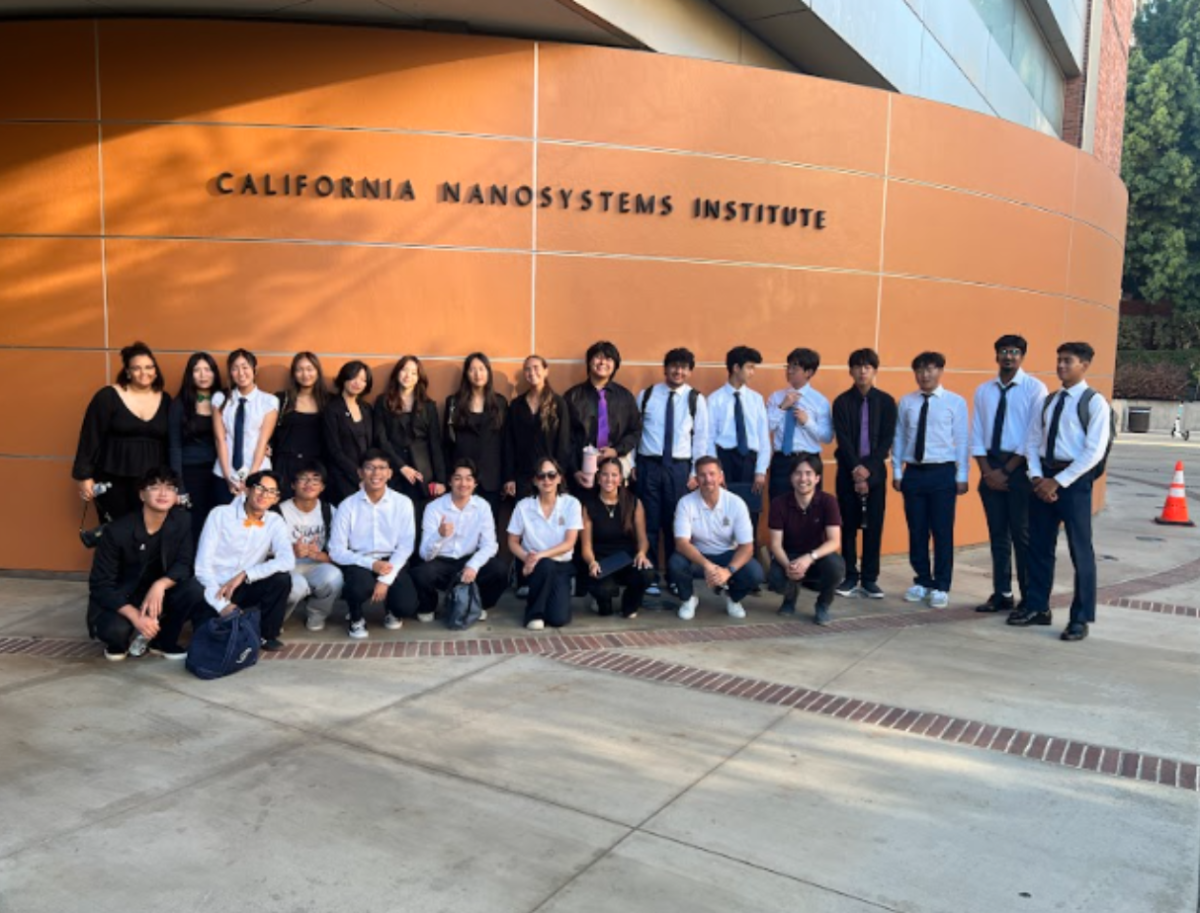
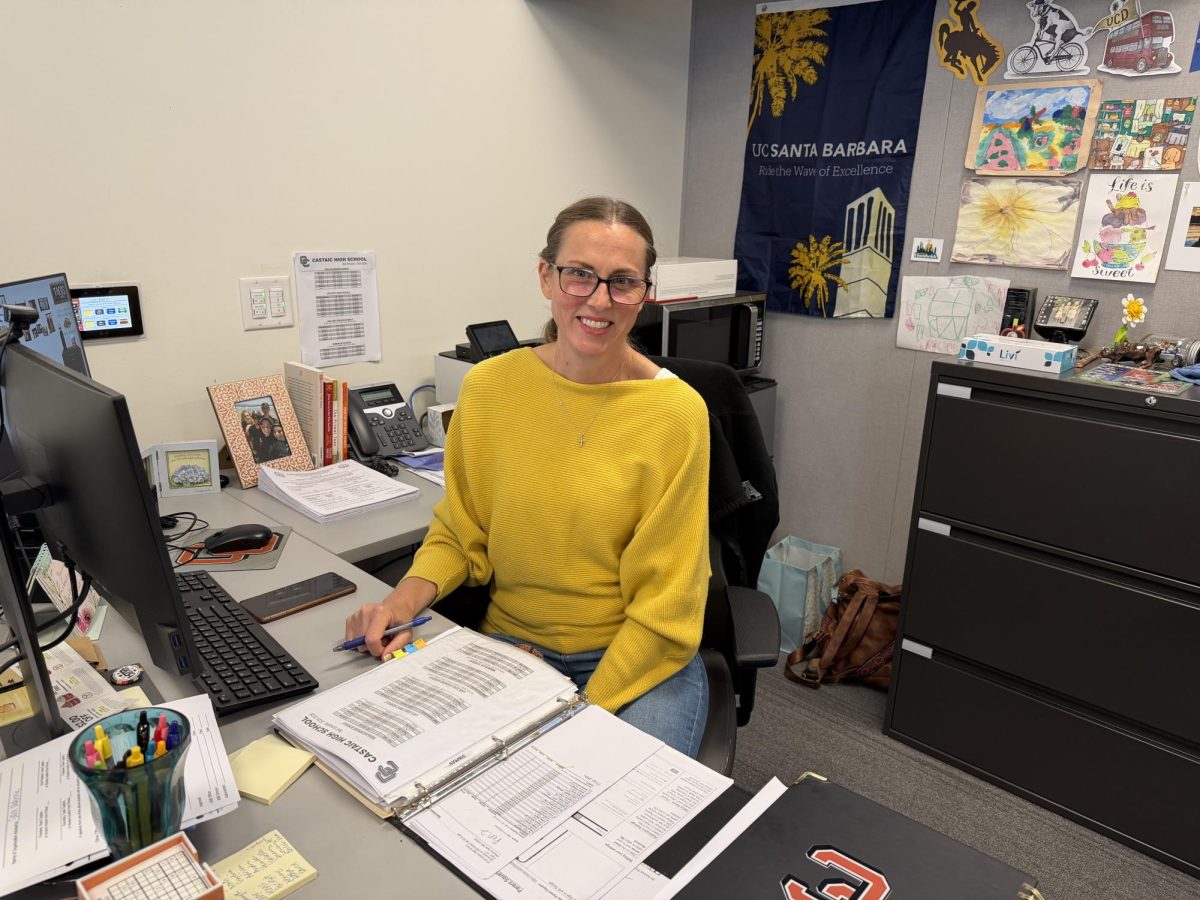
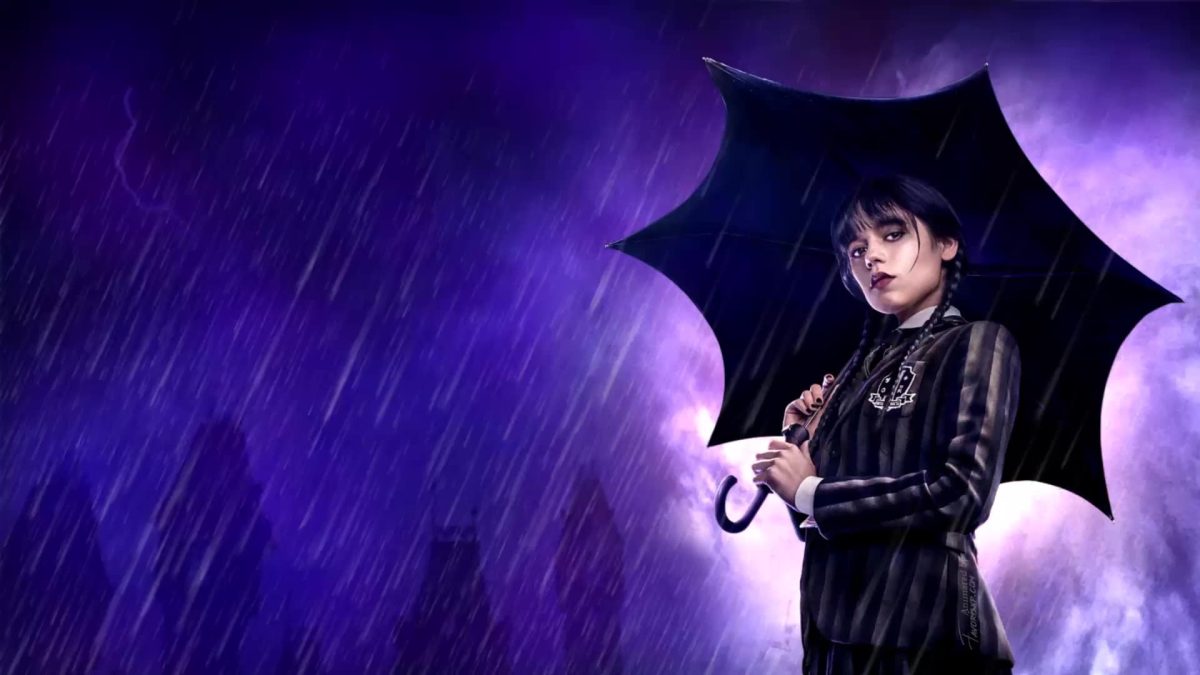

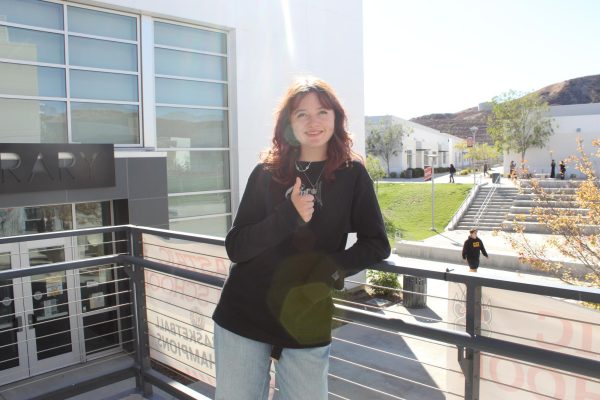
Corinne pollard • Mar 7, 2024 at 12:10 pm
so real